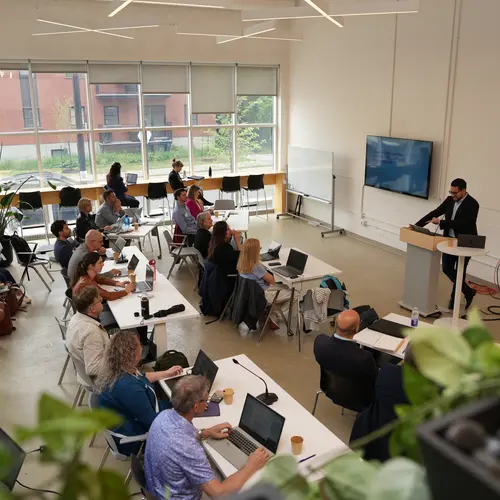
Emmanuel Bengio
Biographie
Emmanuel Bengio est chercheur en ML à Valence Labs/Recursion, où il travaille sur l'intersection des GFlowNets et de la découverte de médicaments. Il a fait son doctorat sous la direction de Joelle Pineau et Doina Precup à McGill/Mila - Institut québécois d'intelligence artificielle, en se concentrant sur la compréhension de la généralisation dans la RL profonde.



